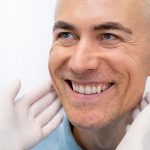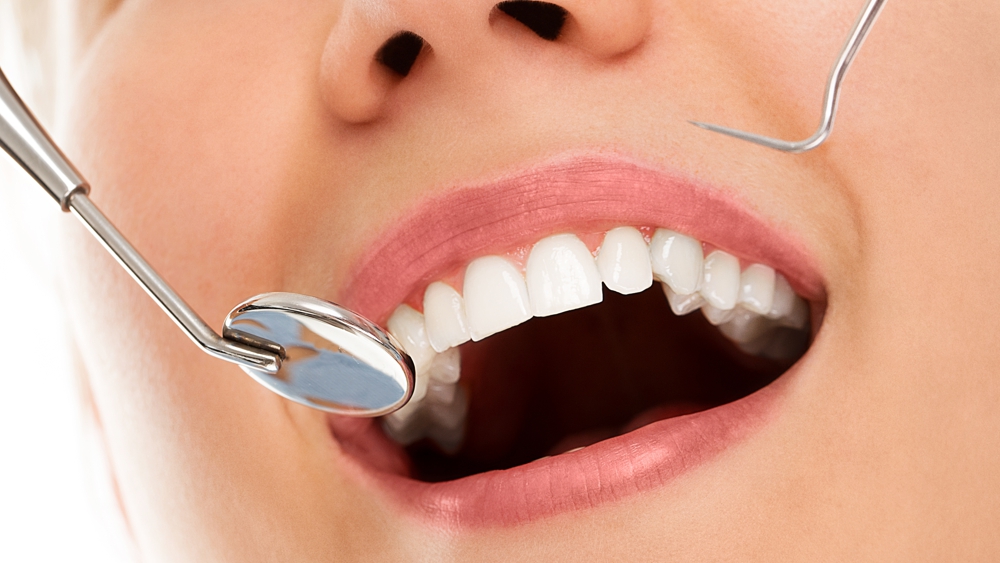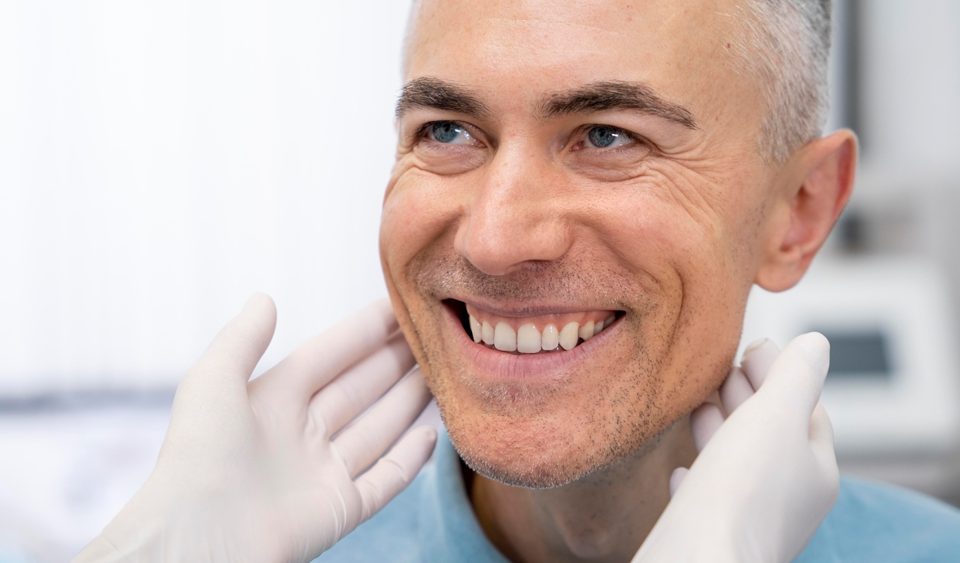
Gingivitis – painful inflammatory condition of the gums
05/03/2024The normal dentition of an adult has sixteen teeth in the upper jaw and the same number in the lower jaw. All teeth together with their neighboring tooth in the jaw make contacts (agonists) and in this way maintain a healthy chewing force and the arrangement of the teeth. This condition is also supported by the relationship between the teeth in one jaw and the teeth in the opposite jaw (antagonists), which enable a good interjaw relationship, statics and the very function of chewing. More or less, most people know that the front teeth (incisors) with their characteristic morphology and thin cutting edges are used for tearing or cutting food. Lateral teeth (premolars and molars) are used for chewing and grinding food. Therefore, when this balance happens to be disturbed by the loss of one or more teeth, there are multiple changes in function and statics and, of course, aesthetics.
If the toothless space is left and not taken care of in time, the forces of chewing lead to the displacement and rotation of the adjacent teeth. It sounds impossible, but it is good to know that the teeth are attached to the tooth cups by soft and flexible fibers and that for their stable position, the presence of the adjacent tooth that borders it on both sides is necessary, as well as the presence of the teeth that are its counterparts in the opposite jaw. If any one is missing, the teeth in the jaw move through the bony beds under the force of chewing. This movement can be through the edentulous space, when the tooth "walks" and takes a position that is similar to the position of the missing tooth, thus creating a problem in the final prosthetic reconstruction.
Due to the lack of lateral teeth, the chewing forces for grinding food are shifted to the front teeth, which are designed for cutting and tearing food, not for chewing, which requires much greater strength and time. This results in a load on the front teeth, especially their supporting tissue, which over time can lead to their wobble and a fan-like appearance (the front teeth lean forward, look protruding and spaced). As a result of this protrusion of the front teeth, the patient's facial aesthetics and symmetry are impaired, and the problem of difficult lip composition also occurs. Because of this, patients often breathe through their mouths (the air they inhale is not heated, the mucous membrane of the mouth dries out and the possibility of various infections increases).
HOW TO COMPENSATE LOST TEETH?
Through a detailed examination of the mouth and teeth and through a conversation with the patient, along with accompanying diagnostic tools, the doctor makes a decision on the best way to compensate and reconstruct the toothless field.
There are several options for replacing lost teeth:
- implantology,
- bridge (metal ceramic or zirconium),
- mobile reconstruction (partial or total prostheses).
Do not delay the solution to your toothlessness problem, but sign up for it free review in our dental office, where with an additional examination with an intraoral camera we will find the most ideal solution for you!


